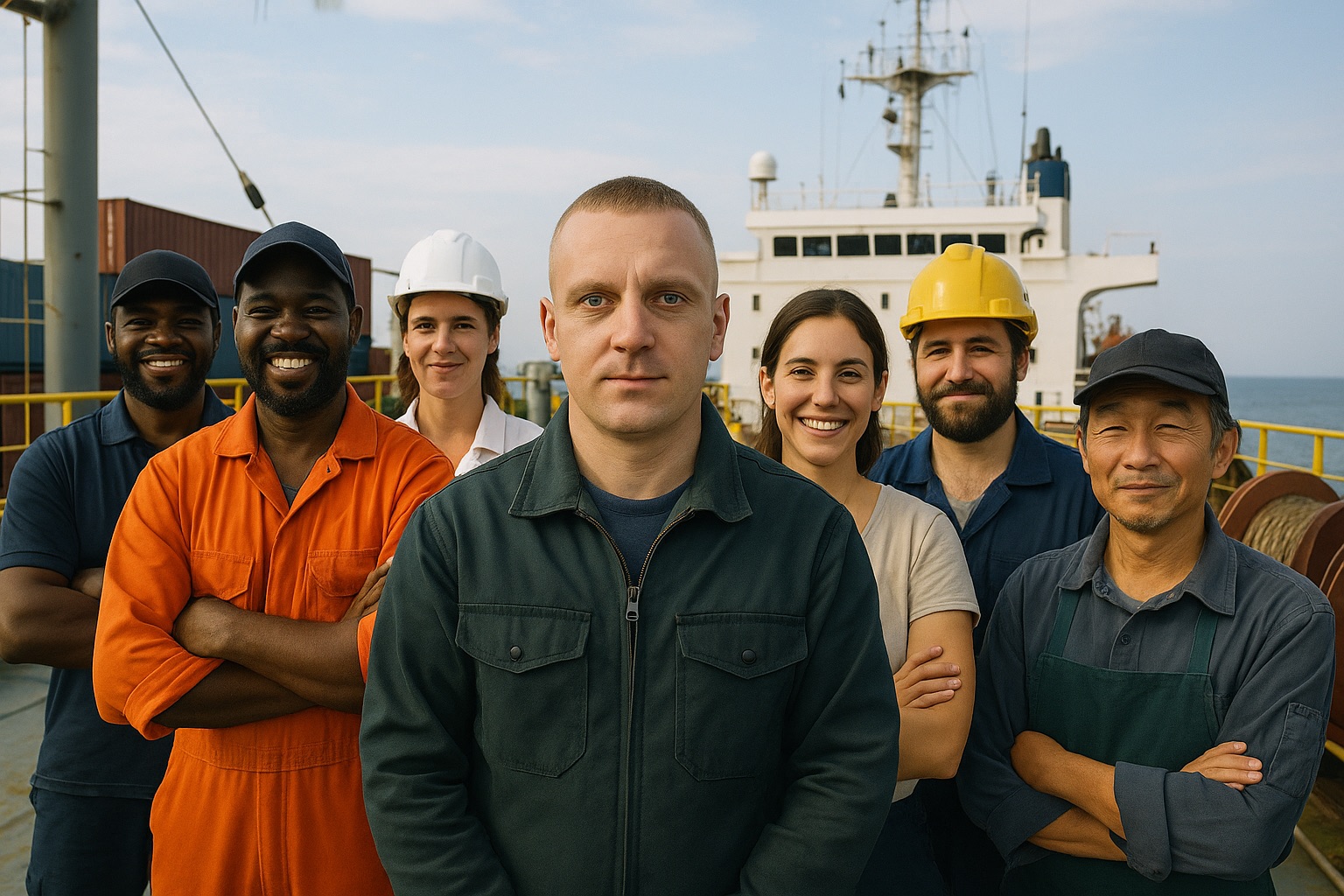April 4, 2025, 8:08 a.m.
As you embark on your sailing adventures, you might encounter discussions or even vessels powered by Liquefied Natural Gas (LNG). While not yet ubiquitous in smaller recreational craft, its growing presence in larger commercial shipping and potential future applications make it a valuable topic for new sailors to understand. So, what exactly is LNG, and why should you be aware of it?
What is LNG?
Liquefied Natural Gas is simply natural gas (primarily methane) that has been cooled to an extremely low temperature (around -162°C or -260°F). This process drastically reduces its volume, making it easier and more economical to store and transport compared to its gaseous state. Think of it like the difference between carrying a balloon full of air versus a small container of liquid.
Why is LNG being considered as a marine fuel?
Cleaner Emissions: Compared to traditional heavy fuel oil (HFO) and marine diesel oil (MDO), LNG combustion produces significantly lower emissions of sulfur oxides (SOx), nitrogen oxides (NOx), and particulate matter (PM). This makes it a more environmentally friendly option, aligning with increasingly stringent regulations in the maritime industry.
Greenhouse Gas Reduction: While methane itself is a potent greenhouse gas, the overall lifecycle emissions of LNG can be lower than conventional fuels, especially with advancements in engine technology and reduced methane slip (unburnt methane released during operation).
Potential Cost Savings (Long-Term): Although the initial investment in LNG-powered vessels and bunkering infrastructure is higher, the long-term cost of LNG fuel can be more stable and potentially lower than traditional fuels.
What do new sailors need to know about LNG?
Safety First: LNG is a cryogenic liquid and a flammable gas. Vessels using LNG have robust safety systems in place, including double-walled tanks, gas detection systems, and emergency shutdown procedures. However, understanding the inherent properties of LNG and respecting safety regulations is crucial.
Bunkering Procedures: Refueling an LNG-powered vessel (bunkering) is a specialized operation carried out by trained personnel following strict protocols. As a new sailor, you're unlikely to be directly involved, but understanding that it's a different process than traditional fueling is important.
Specific Vessel Design: LNG-powered vessels have unique design features, including dedicated fuel tanks and gas handling systems. Familiarizing yourself with the general layout and safety equipment on such a vessel is essential if you find yourself crewing on one.
Regulations and Infrastructure: The regulations and bunkering infrastructure for LNG are still developing globally. Awareness of these evolving standards is helpful, especially if you plan to sail in regions with LNG-powered vessels.
In summary, while LNG might not be the immediate fuel choice for most small sailboats, its growing significance in the broader maritime world makes it a valuable topic for new sailors to grasp. Understanding its basic properties, benefits, and safety considerations will contribute to your overall maritime knowledge and preparedness for the future of sailing.

May 6, 2025, 10:47 a.m.
Ahoy there, future mariners! ⚓️ Ever wondered about the fuel powering some of the most modern vessels on the seas? Let's dive into the basics of Liquefied Natural Gas (LNG) – a key fuel for today's and tomorrow's sailors.
Think of natural gas, the same stuff that might heat your home or cook your meals. To make it easier and safer to transport in large quantities across the ocean, it's cooled down to an incredibly frigid -260°F (-162°C). At this temperature, it transforms into a liquid – that's LNG!
Why the buzz around LNG for ships?
Cleaner Emissions: Compared to traditional heavy fuel oil, burning LNG produces significantly less sulfur oxides (SOx), nitrogen oxides (NOx), and particulate matter. That's better for the air we breathe and the marine environment we navigate. 💨
Reduced Greenhouse Gases: LNG combustion also results in lower carbon dioxide (CO₂) emissions, a crucial step towards a greener shipping industry. 🌍
Abundant Resource: Natural gas is a relatively abundant fuel source, offering a more secure energy future for maritime transport. ⛽
Key things for new sailors to know:
Cryogenic Temperatures: LNG is extremely cold! Special handling procedures and insulated tanks are essential to keep it in its liquid state and ensure safety.
Vaporization (Boil-off): Even with the best insulation, a small amount of LNG will naturally vaporize, creating what's known as "boil-off gas." This gas can be used as fuel for the ship's engines, further increasing efficiency.
Safety First: Due to its flammability, strict safety protocols are in place for handling and bunkering LNG. Comprehensive training is paramount for all crew members.
Bunkering: Just like refueling with conventional fuels, ships can take on LNG at specialized bunkering facilities. This process requires careful planning and adherence to safety regulations.
Understanding LNG is becoming increasingly important as the maritime industry embraces cleaner energy solutions. As a new sailor, grasping these basics will not only enhance your knowledge but also prepare you for the evolving landscape of seafaring.
Stay curious and keep learning!
Similar Posts
-
There are no similar posts yet.

